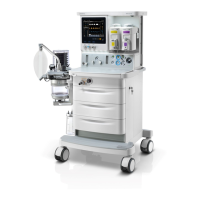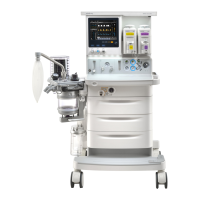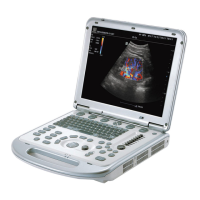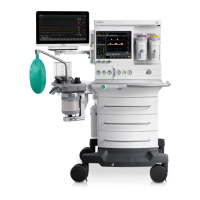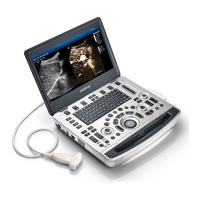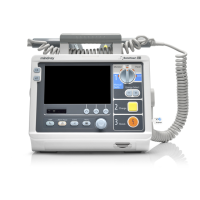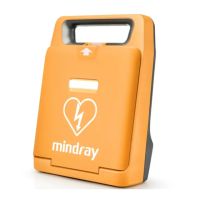12
Cleaning and Disinfection
NOTE
:
Obey applicable safety precautions.
Read the material safety data sheet for each cleaning agent.
Read the operation and service manual for all disinfection equipment.
Wear gloves and safety glasses. A damaged O2 sensor can leak and cause
burns (contains potassium hydroxide).
Reuse of undisinfected breathing system or reusable accessories may cause
cross-contamination.
Preoperative tests must be performed before patient use every time the
anesthesia machine has been disassembled for cleaning and disinfection, or
has been reassembled.
To prevent leaks, avoid damaging any component in case of disassembling
and reassembling the breathing system. Ensure the correct installation of the
system, especially of the seal. Make sure of the applicability and correctness of
the cleaning and disinfection methods.
Disassemble and reassemble the breathing system as described in this guide.
For further disassembly and reassembly, contact us. Improper disassembling
and reassembling may cause breathing system leak and compromise normal
system use.
WARNING
:
To help prevent damage, refer to the manufacturer’s data if you have questions
about a cleaning agent.
Do not use organic, halogenated, or petroleum based solvents, anesthetic agents,
glass cleaners, acetone, or other harsh cleaning agents.
Do not use abrasive cleaning agents (such as steel wool, silver polish or cleaner).
Keep all liquids away from electronic parts.
Do not permit liquid to go into the equipment housings.
Do not soak synthetic rubber parts for more than 15 minutes. Otherwise swelling
or faster aging may occur.
Only autoclave parts marked 134ºC.
Cleaning solutions must have a pH of 7.0 to 10.5.
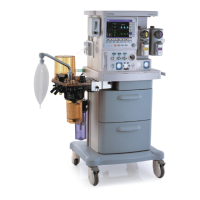
